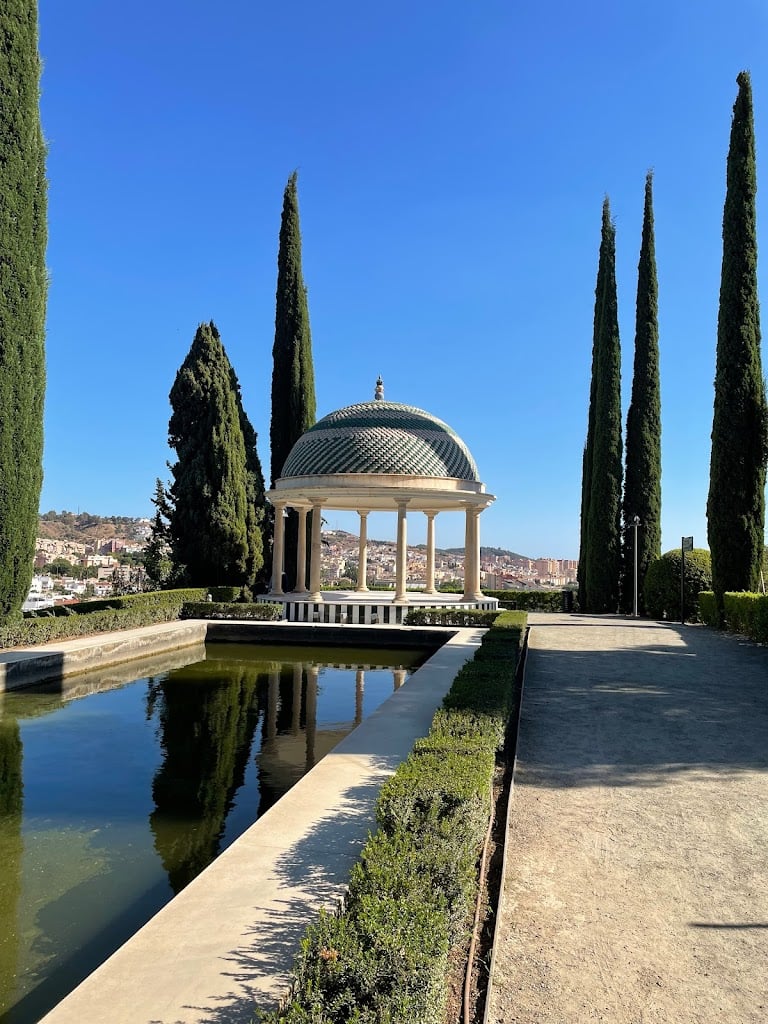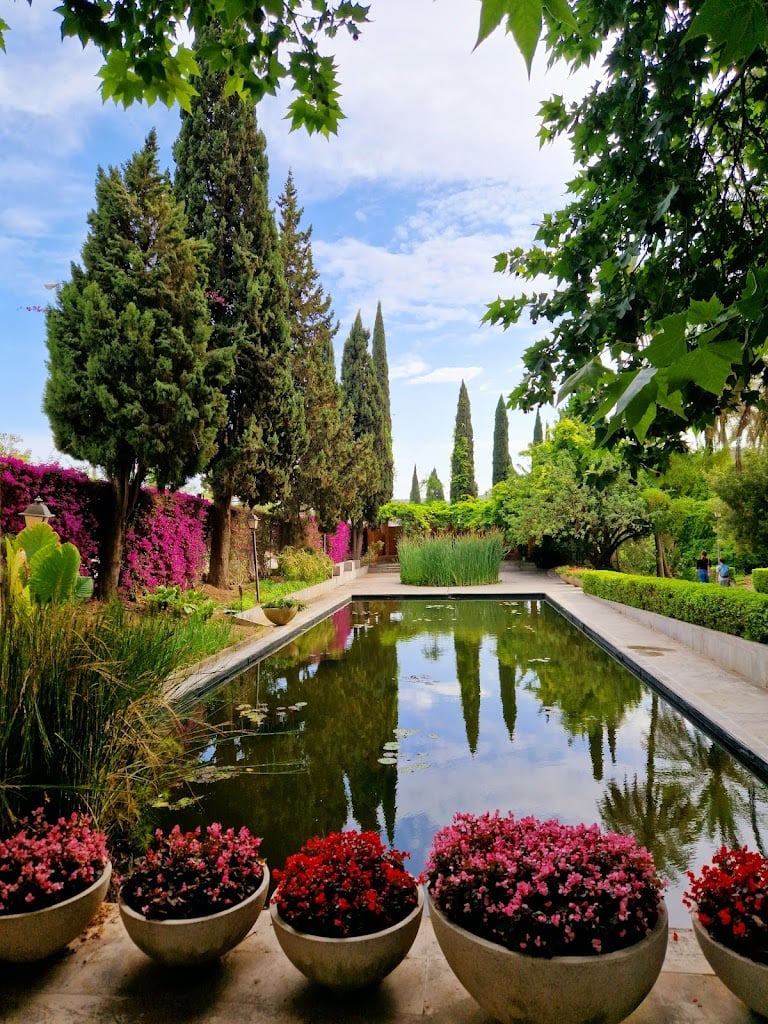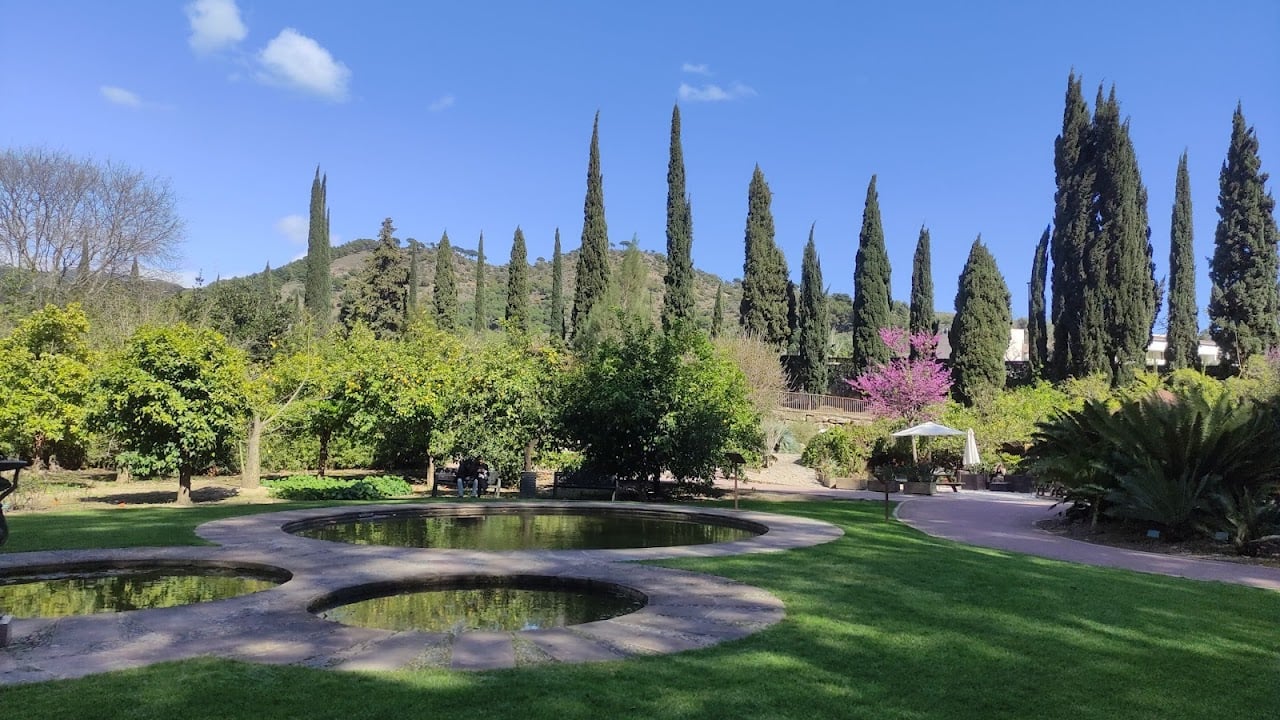Jardín Botánico - Histórico La Concepción





Ask ThatchGPT
Suggest a local expert to plan my trip
Suggest an unique itinerary for my Málaga trip
What foods do Málaga locals eat
What are some true hidden gems in Málaga
Help me brainstorm trip ideas for Málaga
Help me plan a family-friendly trip to Málaga
What people say
Pedro Pereira
Available for hire
"The Finca de la Concepción is one of the most beautiful and important tropical and subtropical gardens in Spain and one of the most appreciated in Europe. Amalia Heredia Livermore and Jorge Loring Oyarzábal, Marquises of Casa Loring, created it in 1850. It was declared a historical-artistic garden in 1943, and the Malaga City Council acquired it in 1990, refurbished it and opened it to the public in 1994.
It is made up of 23 hectares and has a garden in the centre that has been declared a historical/artistic garden, of approximately 3 hectares. It forms a set of fountains and waterfalls, combined with a beautiful selection of subtropical plants from around the world, its romantic landscape style is highlighted by significant neoclassical features.
There are more than 25,000 species of plants belonging to around 2,000 different species, 90 of them palm trees, 200 are native plants and the rest are tropical and subtropical.
Regarding the buildings, the Palace House and the Administrator's House stand out. The administrative offices are located in the first and it has large rooms for different uses and a well-equipped and comfortable assembly hall. The laboratories for the research staff, an exhibition hall and a lounge. There are some smaller buildings around the garden such as the Old School, the Gardener's House, known as the Cypress House, the Loringiano Museum and a regionalist style dome, with panoramic views of the city.
The Loringiano Museum houses the archaeological find that Jorge Loring acquired from the excavations in Malaga and its province, such as the "Lex Flavia Malacitana", which is currently in the National Archaeological Museum of Spain in Madrid. Some of these archaeological items can be seen in the museum."
Mentioned in these guides
About Jardín Botánico - Histórico La Concepción
Get the inside scoop on Jardín Botánico - Histórico La Concepción from local experts, travel creators, and tastemakers. Browse genuine trip notes, Jardín Botánico - Histórico La Concepción reviews, photos, travel guides, and itineraries from real travelers and plan your trip with confidence.
Phone
Save this spot for later or start mapping out a new trip today
Try our AI Travel Assistant and get instant answers to any questions about your trip.
Ask ThatchGPT

